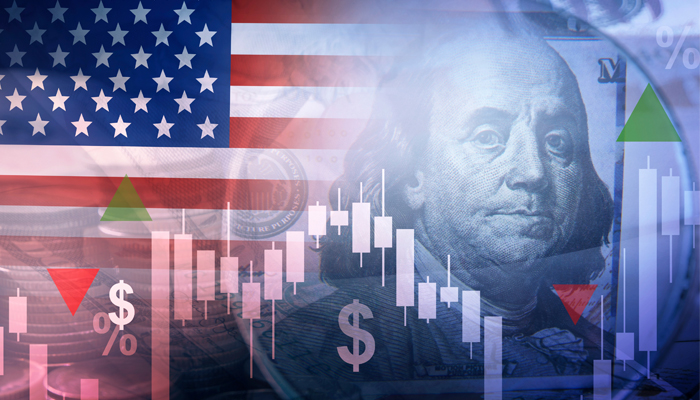
"Free" Trades Could Be Costing U.S. Investors Billions
You've probably heard that the most powerful word a marketer can use is "free." After all, who of us can resist getting something for nothing? Sometimes free really does mean free, like the samples at the grocery store. But most often, free means you're still paying for the item. The cost is just hidden or deferred. We know that when we order something online and it comes with free shipping, the cost of UPS bringing it to our house is reflected in the price. Still, we feel better about the purchase when we can tell ourselves that some part of it was free.
It costs money to operate a business, and to make a profit, companies must pass their costs along to you one way or another.
The no-fee stock trading companies are no exception. Robinhood, the mobile trading app that grew rapidly during the pandemic, made speculating in stocks easy, fun, and apparently, free.1 But it soon came out that the company was making its money in hidden fees.
Christopher Schwarz, a finance professor at the University of California Irvine, was looking to compare the hidden costs to day traders assessed by the five major market makers (companies that actually execute the trades). He could not find available data on this—the costs being very well hidden—so he organized a group of colleagues to run a study where they made their own trades and could compare the actual costs.2
Writing about this study for Advisorhub, Kim Stewart reports, "Over more than five months, the academics used their own funds to execute 85,000 trades in 128 different stocks and made what they considered an important discovery: They were getting significantly different prices to buy and sell the same stocks, depending on which brokerage handled the trade." In one example, the professors opened two brokerage accounts and placed identical orders. The next day, one was down by $150. The other was up by $12. 3
Stewart writes, "Extrapolating from the results, they estimate it costs small-time US investors as much as $34 billion a year." As you might expect the paper published on the study concludes that, despite their name, so-called “no-fee” brokerage accounts for day-trading often come with ample hidden fees.
Fees are one of the costs of investing. To expect to receive a valuable service without paying for it is naive. However, the smart investor knows it's possible to keep fees and other costs low, by avoiding needless transactions. Let us help guide you along the path to long-term success.
1. http://go.pardot.com/e/91522/ersonal-finance-robinhood-fees/92vcsc/1830515980?h=67kkOEJ1L6YN2Lx_D901g9Btv--neNRcHsOIko4Onbc
2. http://go.pardot.com/e/91522/-34-billion-a-year-study-says-/92vcsg/1830515980?h=67kkOEJ1L6YN2Lx_D901g9Btv--neNRcHsOIko4Onbc
3. https://www.advisorhub.com/hidden-price-of-no-fee-trading-34-billion-a-year-study-says/

Related articles

Benjamin Franklin was so varied in his accomplishments; he almost seems like a mythical character. One of the leading scientists of his time, he discovered key principles of electricity and first...

We love our cars. They get us to work. Haul all our stuff home from the store. And allow us to enjoy those weekend road trips in comfort. But even more than that, a car is a powerful personal...

In some ways, planning for retirement is abstract. You talk about things like dreams, goals, and second chapters. But in other ways, it's just simple math. You're going to need X amount of dollars...